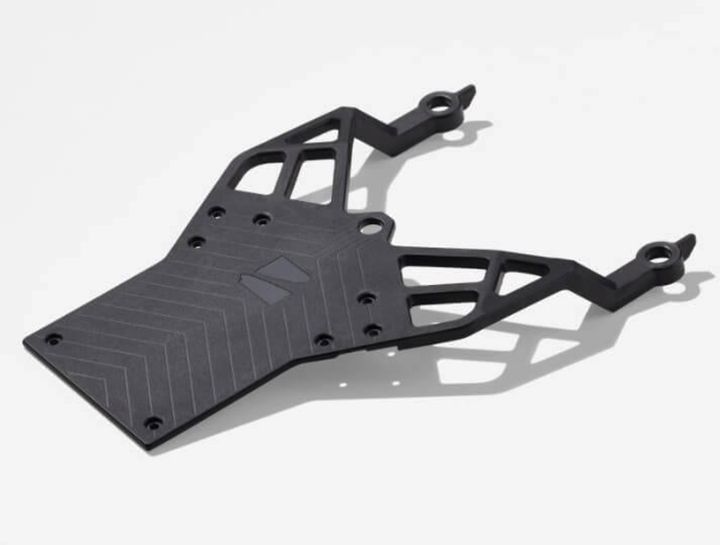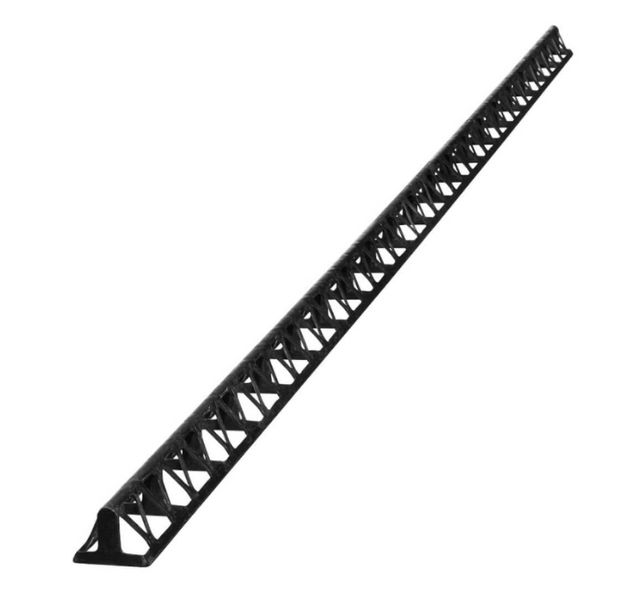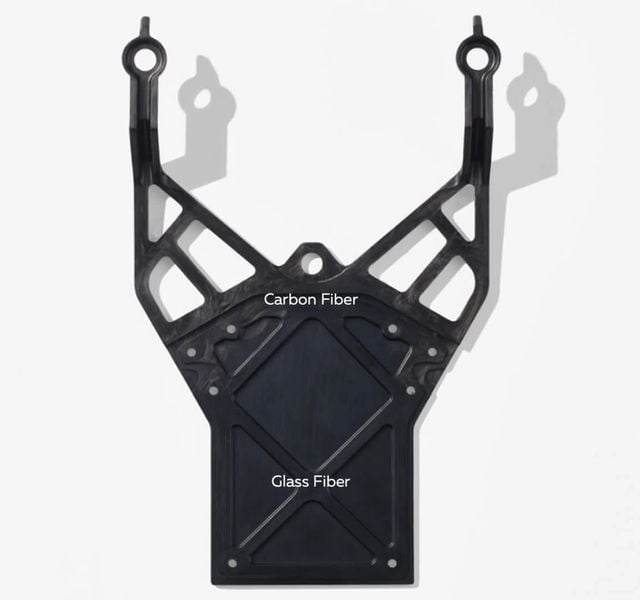
Arris Composites, a leader in composites manufacturing, uses a new process they call “Additive Molding”.
It’s not quite like 3D printing, but it’s close enough to warrant examination here.
Continuous Carbon Fiber Production
This is all about using continuous carbon fiber, which has become highly desirable in 3D printing recently. While there are plenty of carbon fiber filaments for use in FFF devices, the strength of those prints pales in comparison to those using continuous carbon fiber.
Only a very few machines can integrate continuous carbon fiber into 3D prints, including equipment from Markforged, Anisoprint, 9T Labs and a few others. It’s a complex process, because the continuous fibers are literally like wires that must run through the part in ways that are not necessarily the same as typical filament extrusion paths.
But the results are extraordinary, and can rival metals in strength — but not usually in heat resistance. That’s certainly appropriate in many applications where extreme heat is not encountered.
Arris Composites Additive Molding

Now there’s another continuous carbon fiber option from Arris Composites, a process they call “additive molding”. It involves something like 3D printing and other steps that are not.
Here’s how it seems to work:
- A design is segmented into several parts
- Each part is produced using a robotic arm that lays down resin and continuous fiber (this is the 3D printing-like step)
- The parts solidify into a temporary state rapidly after deposition
- The completed parts are assembled into the final design
- The assembled piece is placed in a mold
- The mold finalizes the part through heat and pressure
Portions of this process seem somewhat similar to the approach used by Arevo, who have been producing ultra-strong carbon fiber bike frames. However, I don’t think Arevo uses molds.
What’s interesting about this approach is that each sub-part can have unique and optimized carbon fiber layouts. These could be matched against the sub-part’s expected mechanical stresses. That’s a bit more flexible than the layer-by-layer approach of most continuous carbon fiber 3D printing processes.
Arris Composites says the process can produce complex parts, as shown in several images. It can also scale up in different ways: by quantity of parts and also by size of part. You can also mix different kinds of fiber as shown here:

However, it’s not quite clear where the mold comes from. It may be that it is simply made using traditional methods, and that would limit the geometry of the parts produced. Nevertheless, the Additive Molding process could still be quite relevant for a great many parts.
In fact, it seems that Arris Composites has signed a contract to produce parts for another Silicon Valley company, Skydio drones. They’re expecting to make structural elements that are stronger than titanium — and lighter — using the Additive Molding process.
Arris Composites seems successful, and has attracted considerable investment. So far they have raised over US$64M, and this past week they received additional investment from Bosch through that company’s venture capital unit, according to a report on 3DPMN.
There seems to be an ever-increasing number of options for powerful continuous carbon fiber production.
Via Arris Composites (Hat tip to Benjamin)
